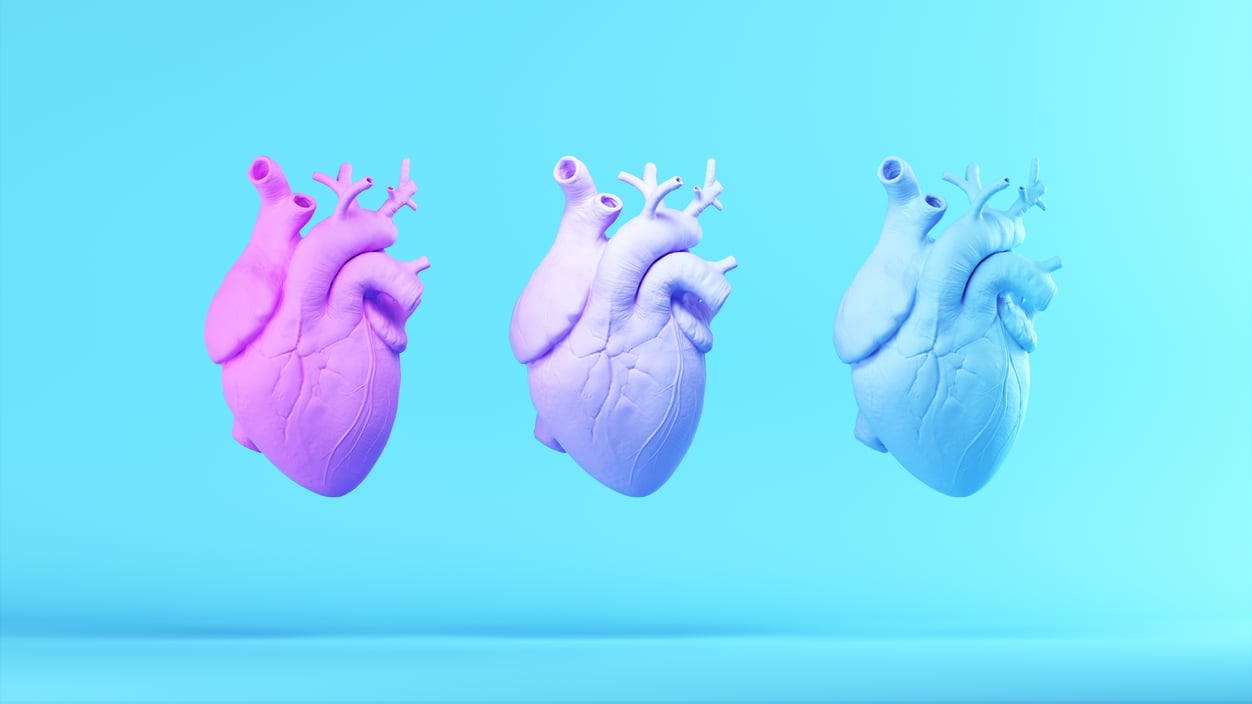research
The differences between men's and women'shearts
Adobe
Heart attacks look different in women — rather than clutching their chests, as men stereotypically do, they may experience more diffuse pain shooting through their jaw, neck, arm, back, and stomach. That's just one of the myriad sex and gender differences in cardiovascular disease that researchers have discovered, from risk factors to the number and function of muscle cells in the heart.
At a moment when research into women's health is under threat in the United States as a casualty of the Trump administration's attack on diversity efforts, researchers are worried that this kind of potentially lifesaving progress may be stymied. Read more from Liz Cooney on what we've learned about women and heart disease in recent years, and where experts say we should focus next.
first opinion
The end of cadavers in medical school training
More medical schools are phasing out the use of cadavers in favor of virtual reality and other 3-D visualization tools. That means future doctors will lose out on a valuable education about being comfortable in the presence of death, according to First Opinion writer and medical student Nadir Al-Saidi.
"Coming face-to-face with a body in that raw state was one of the most powerful moments of my first year in medical school," Al-Saidi writes of an early encounter with a cadaver. "It taught me reverence and the gravity of what it means to choose this path in health care." Read more — and if you want to learn more about the long and ethically complicated history of cadavers in medical training as well as in uses like crash testing, check out Mary Roach's 2006 book "Stiff."
health
Already rare, cardiac deaths during marathons have fallen
Just in time for spring marathons, we have a study published Sunday in JAMA updating the infrequent but alarming incidence of sudden cardiac arrest among runners. It's quite rare that someone's heart will stop beating on the race course, and even rarer that they will die.
Here's the good news: The death rate fell by nearly half in a recent case series from 2010 through 2023 compared to rates gleaned in an initial study conducted the decade before. There were 59 deaths and 117 survivors for a case fatality rate of 34%, down from 71% in the earlier timeframe. Incidence was stable, which means among more than 29 million competitors in full and half-marathons — triple the participants reported in the initial RACER study — there were 176 cardiac arrests, most among men, most during a marathon and most after the 20-mile point.
Why the change? The authors point to CPR and AEDs on the course. Every runner in cardiac arrest got resuscitation and most had access to a defibrillator to shock their hearts back into rhythm. That puts race routes on a par with airports and casinos for AED availability. — Liz Cooney
No comments